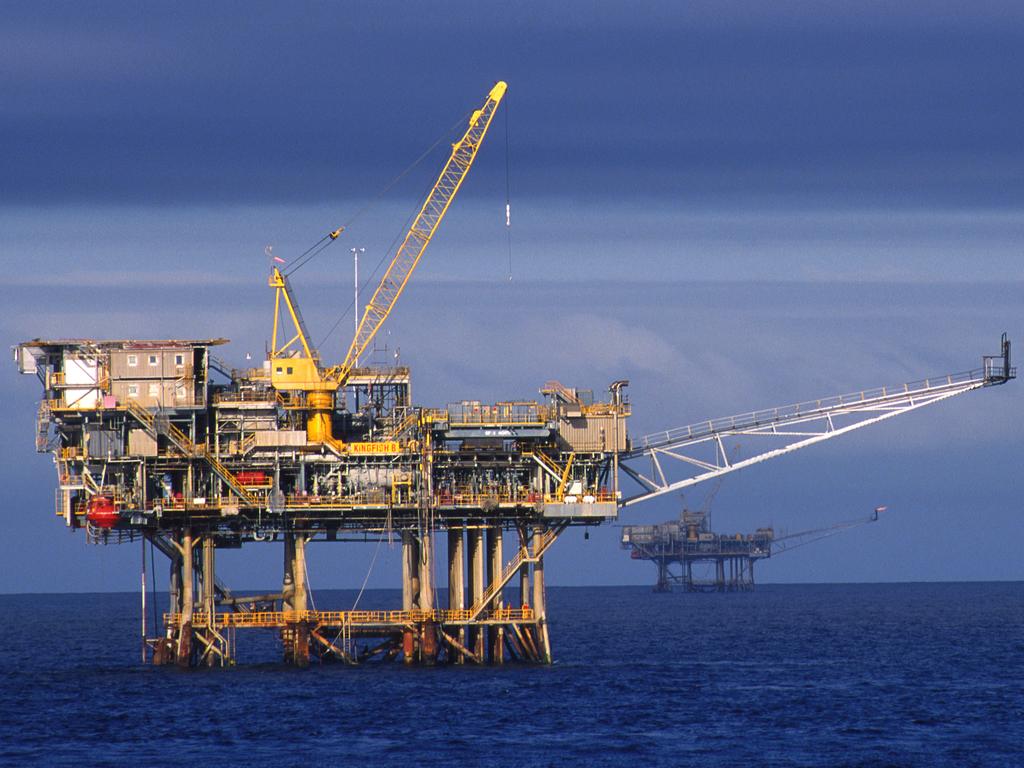
Article by Colin Packham, courtesy of The Australian
17.03.2025
The dominant source of gas to Australia’s east coast could be handed a lifeline of several more years after Exxon and Woodside approved a $350m drilling campaign to deliver new gas supplies from the Bass Strait.
The Australian Energy Market Operator has warned that the country’s east coast is on course for a gas shortfall by 2028 as output from the Bass Strait begins to deplete. The joint venture’s Longford gas processing facility had planned to shut one of two gas producing units in 2029 before the final one closes in 2033.
But in a boost to regional production, Exxon and Woodside have approved the drilling of five wells in the Turrum and North Turrum gas fields within the Bass Strait that will come online by 2027. This means Longford could remain open until at least 2033.
Exxon – the operator of the facility – has not publicly declared the quantities of gas it expects to produce, but it confirmed Longford will now run into the next decade.
“Turrum Phase 3 will be one of the largest gas developments on the east coast this decade and continues [Exxon-owned] Esso Australia’s long and proud history of reliably supplying gas to the domestic market for over 50 years,” a spokesman said.

The commitment to begin drilling within months should flatter the next official forecast from AEMO, scheduled to be published this week.
AEMO last year warned gas power stations could be forced to run on diesel as soon as 2026 to fix short-term supply issues. By 2028, the structural deficit would be too large, it warned.
A delayed east coast shortfall will be welcomed by Australia’s manufacturing industry, which has warned shortages will send prices so high that it will threaten their viability.
Shortages of gas also threaten to stoke electricity prices. Gas is used as a so-called peaker when there is insufficient supply of traditional generation such as coal, or when demand is unusually high. High gas prices would increase the cost of producing electricity from gas that would eventually flow through to households.
The Albanese government had drawn the ire of the gas industry with an apparent refusal to expedite new sources of supply and its intervention in the domestic market via a price cap, which energy companies said had only delayed the development of new projects.
Exxon said Australia’s energy security would be jeopardised by ad hoc policymaking.
“Australia needs stable and supportive government policy to ensure reliable production of gas in the southeastern states, close to where domestic and industrial consumers need it,” the Exxon spokesman said.
“The gas this project delivers will help strengthen Australia’s energy security, powering Australian homes and business well into the next decade, and ensuring the grid remains resilient and stable as we transition to a lower carbon future.”
Bolstering production from the Bass Strait also potentially negates the need for Australia’s east coast to import LNG.
Andrew Forrest’s Squadron Energy is poised to complete work on a NSW LNG import facility, while Viva Energy is seeking Victorian state approval for a similar development in Geelong.
Importing LNG is controversial. Critics insist that relying on imported LNG will increase the domestic price of gas, though supporters argue it will be competitive as domestic supplies of gas begin to ebb.
New sources of gas from the Bass Strait may also cloud the plans of APA Group, Australia’s largest gas infrastructure company. APA last month unveiled plans to spend nearly $2bn on new pipelines to bring new gas from Queensland and the NT to the east coast.
Meanwhile, Woodside on Monday struck a deal to sell LNG to China Resources Gas International Limited, the first time the Australian energy giant has entered into such an agreement with a Chinese entity on its own. The deal will see Woodside sell 600,000 tonnes of LNG to the Chinese company for 15 years beginning in 2027.
Mark Abbotsford, chief commercial officer at Woodside, said: “The agreement again demonstrates the depth and length of demand for LNG in Asian markets as nations in the region seek to guarantee energy supplies.”




